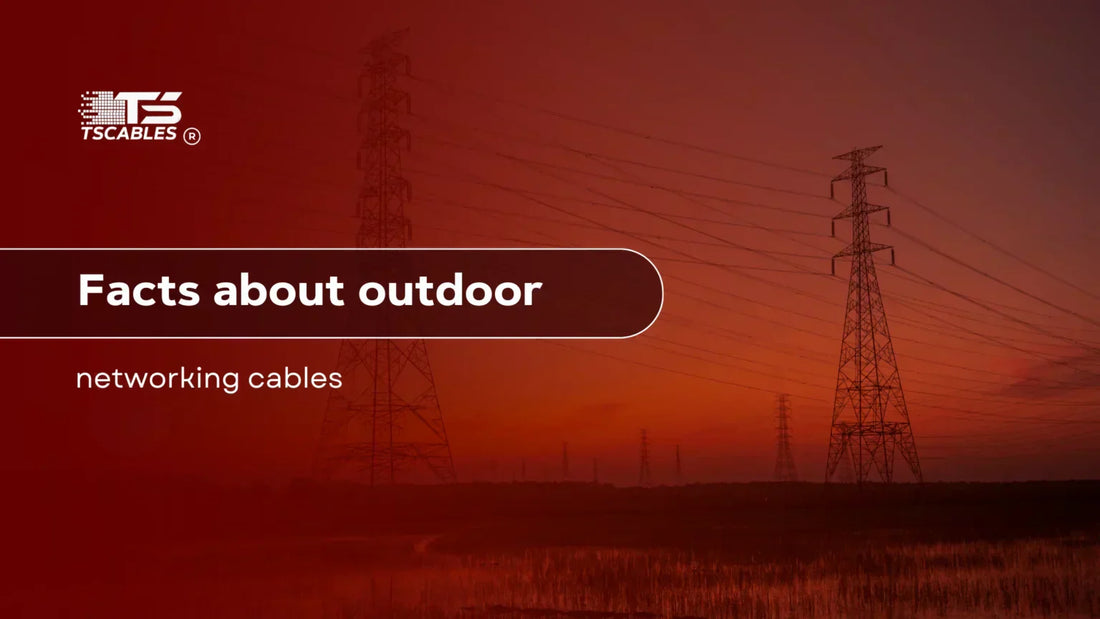Let’s face it. Internet outside the house isn’t optional anymore. Whether it’s cameras, sheds, or outdoor workstations, you need stable connections that don’t mess around. But running cables outside is a whole different beast. Not all cables are cut out for rain, snow, heat, or cold.
You need cables that can survive, perform, and last. That’s where outdoor networking cables come in. They're built tougher than your average indoor lines. You’ll find terms like Cat6 direct burial cable, weatherproof Ethernet cable, and outdoor Ethernet popping up. Don’t worry, as this guide will make sense of all that. Let’s break it down simply.
What Makes Outdoor Cables Different?
Outdoor cables have thicker jackets. That’s not just for looks. Those jackets block UV rays, moisture, rodents, and more. They don’t crack when the cold bites or melt when it’s hot. That’s key.
Indoor cables aren’t made for dirt or rain. You bury them? They’ll rot. Hang them under the sun? They’ll break. That’s why you need something tougher, like a direct burial Cat6 or Cat6 cable direct burial model. It’s like using boots for hiking instead of flip-flops.
Some cables come shielded. That’s good if you live near power lines or noisy electronics. Others are unshielded but tougher on the outside. It depends on where you’re running it.
Common Types of Outdoor Networking Cables
You’ll see all kinds, but these are the big names:
1. Cat6 Direct Burial Cables
These are built for the ground. Dig a trench, lay the line, and you’re good. A Cat6 direct burial Ethernet cable resists moisture and doesn’t need a conduit, but putting it in one helps. It’s thick, strong, and perfect for long runs in the backyard or to a detached garage.
2. Ethernet Cables for Outdoor Conduit
Running in a pipe? Go for a Cat6 outdoor-rated or Ethernet cable outdoor conduit version. These don’t need to fight water as hard since the conduit helps. Still, better safe than sorry. Make sure it’s labeled as exterior network cable or Ethernet cable for outdoors.
3. Weatherproof Ethernet Cables
This one’s built to take a beating. Rain, wind, or sun, it shrugs it all off. A true weatherproof Ethernet cable is often UV-protected and water-resistant. You can use it above ground, stapled along fences, or under roof overhangs.
4. Aerial Outdoor Cables
Running it from one building to another up high? Use an aerial-grade outdoor Ethernet cable with a steel support strand. It stays tight and doesn’t sag with time. Think barn-to-shed or house-to-shop setups.
5. Underground Ethernet Cables
Planning to bury it deep? Look for Cat6 underground cable or underground Cat6 cable tags. Add gravel and conduit if you’re worried about moles or moisture. Some folks even run Cat5e underground cable if the budget’s tight, but Cat6 is better for future-proofing.
How to Run Ethernet Cable Outdoors (Without Headaches)
Getting cable from point A to B isn’t rocket science, but mistakes happen fast.
Step 1 - Map It Out First
Don’t just start digging. Sketch the path. Avoid trees, roots, and pipes. Measure how many feet you need. A 4ft cable won’t cut it if your run is 50 yards. Overestimate. Always.
Step 2 - Use Conduit if You Can
Even with Cat6 direct burial cable, conduit adds an extra layer. PVC works fine. It keeps critters and pressure off the line. For vertical climbs, seal the top. Water loves gravity.
Step 3 - Avoid Tight Bends
Cables hate sharp turns. They kink, the signal drops, and next thing you know, your outdoor camera’s frozen. Keep bends soft and wide.
Step 4 - Seal the Entry Points
Where the cable enters your house or building, seal it tight. Caulk it, use gaskets—whatever it takes. Water loves sneaking in.
Step 5 - Label the Cable
You’ll thank yourself later. Mark the ends with where it goes. If you’re running multiple lines, color-code them.
Common Questions People Ask (And Why They Matter)
People don’t want to waste money or dig twice. These questions come up all the time: “Can I run Ethernet cable outside?”
Yes, but only certain types. Use an Ethernet cable for outdoor use, like direct burial Ethernet cable Cat6, or ones labeled Ethernet cable waterproof. Here are some other questions that people ask:
“Are Ethernet cables waterproof?”
Some are. Look for a waterproof Ethernet cable or Ethernet cable with weatherproof tags. Not all cables are created equal. Always check.
“What kind of Ethernet cable do I need?”
Depends on your setup. Use a Cat6 burial cable underground, Ethernet cable outdoor conduit in pipes, or ethernet exterior for wall mounting.
“What is Ethernet cable for?”
It sends internet and data from one place to another. It’s faster and more reliable than Wi-Fi, especially for outdoor gear.
Don’t Forget the Small Stuff
Use outdoor ethernet wall plate to finish your connection inside. Looks cleaner.
Match your devices with your cable. No use running best outdoor ethernet cable if your router’s a dinosaur.
Get the right width. Standard is 24 AWG, but some ethernet cable types chart will show different options for longer runs.
Use uv rated cat5e or uv rated ethernet cable if it’ll be exposed to sunlight.
Know your ratings. CMX = outdoor. CMR (like cmr cat 6) = indoor riser. Don’t mix them up.
Conclusion
Getting Ethernet outside isn’t hard—but it takes the right tools, smart planning, and tough cables. Don't guess. Use outdoor-ready gear that’s built for the job. Need help choosing? TS Cables has you covered with tested, reliable solutions for any outdoor network. Shop their best outdoor Ethernet cable collection now.
FAQs
Q1: Can I bury Ethernet cable without conduit?
A: Yes, if it’s a direct bury cat6 or cat6 direct bury type. Still, conduit adds peace of mind.
Q2: What's the strongest cable for outdoor runs?
A: A cat6 direct burial cable or cat 6 direct burial cable with UV and water resistance works great.
Q3: How deep should I bury Ethernet cable?
A: At least 12 inches. Use a shovel, lay the cable, and backfill with clean soil or gravel.
Q4: Can I use Cat5e outside?
A: Yes, if it’s weatherproof cat5e cable or cat5e outdoor cable. Still, cat6 is stronger and faster.
Q5: Should I go for shielded or unshielded?
A: If you're near electric lines, shielded is safer. Otherwise, unshielded exterior cat 6 cable is fine.






